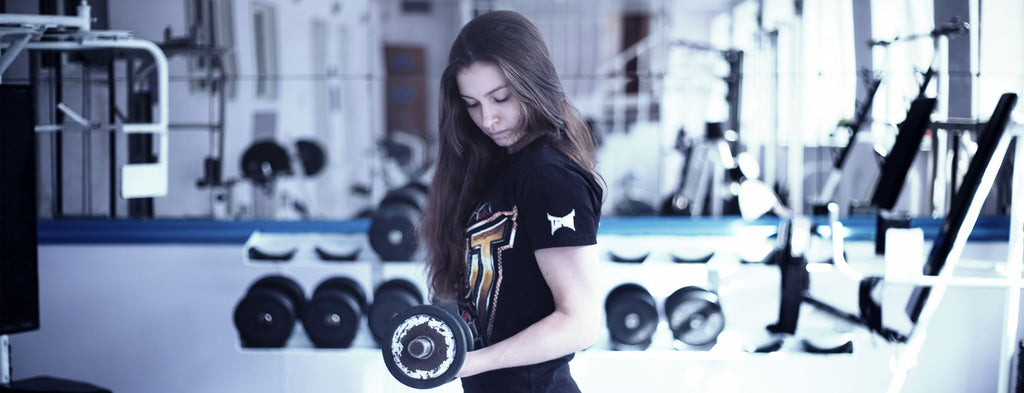
How To Speed Up Workout Recovery Times
Yesterday I hit the gym hard, today I’m sitting here with aching muscles and wondering if there is a way to speed up my recovery times so that I can get back to the gym faster and workout harder.
One of the most frustrating things about a fitness routine is being too sore the day after a big workout to hit the gym again, so I’ve done some research into why this happens and how to mitigate it. Muscle pain usually arises because of microscopic tears in muscle tissues, that then results in inflammation, and in turn muscle pain. This is commonly known as delayed onset muscle soreness or DOMS. Let’s look into what that means for your daily workout and what to do about it.
What causes DOMS?
First, we have to eliminate the myth that DOMS is caused by Lactic Acid build-up. Research has shown that activities that involve high amounts of Lactic Acid such as high intensity running on flat ground incurred less muscle soreness than activities such as downhill running which involve less Lactic Acid and results in more muscle soreness. What is the cause behind this? Researchers believe it is due to microscopic tearing in muscles as we mentioned earlier. Downhill running causes much more tearing in the muscles because it involves much more lengthening contraction of the muscles. Lengthening contraction is basically muscles resisting a stretch. In the lengthening portion of any exercise fewer muscle fibres are used than in the shortening portion resulting in more muscle tearing and inflammation.
When does DOMS occur?
As we just found out, delayed onset muscle soreness is due to the tearing of muscle fibres. This means that any exercise that involves lengthening contractions and that we are unaccustomed to, can potentially result in DOMS. Static exercise results in much less soreness and shortening exercise causes no soreness at all. The heavier the weights or the more intense the cardio is, the more likely it is that the workout will result in DOMS. Muscle pain from DOMS increases in intensity during the first 24 hours and generally peaks from 24 to 72 hours, it will then usually subside and disappear within 7 days.
Is muscle pain good or bad?
How many times have you heard someone say, “I’m so sore today, I had a great work out last night!”? I hear this all the time, but it’s possible that excessive soreness can actually delay you reaching your goals. If you work yourself so hard that the soreness impacts you performing your daily activities or causes you to miss working out for a few days, you will expend far less energy which will make the energy burned from the work out redundant. This is called a reduction in non-exercise activity thermogenesis or NEAT. this is basically a fancy way of saying that you will burn less energy during down time. One of the more serious effects of excess muscle pain can be that muscles are damaged to the point that critical structures can leak out. You can find out more about muscle structure leak here - (https://www.ncbi.nlm.nih.gov/pmc/articles/PMC3512169/), without these structures muscles cannot be built up.
How to speed up recovery times from DOMS
So now that we know more about post workout soreness, what can be done to help mitigate these effects? Any measure that increases blood flow to the muscles, such as heat treatment (playon SPORT AID spray, hot baths, sauna) or low intensity activity can help speed up recovery times. There is debate as to whether ice treatments or whole body cryotherapy can help reduce DOMS or improve recovery at all, (https://www.cochranelibrary.com/cdsr/doi/10.1002/14651858.CD010789.pub2/full) according to the linked study the evidence for any benefit is insufficient.
To my surprise, when researching for this article I found that there is no evidence that stretching before or after exercise provides any clinically important reductions in DOMS, the results of the study can be read here - (https://www.cochranelibrary.com/cdsr/doi/10.1002/14651858.CD004577.pub3/full)
As it turns out one of the best ways to reduce the effects of DOMS is to continue exercising, doing so will increase pain thresholds. It has also been observed that light muscle shortening exercises after a major workout will at first induce more pain but will then be followed by an alleviation of soreness. Thankfully this method has no adverse effects on muscle function or recovery. (https://books.google.com.au/books?id=ueMh1x7kFjsC&pg=PA59&redir_esc=y#v=onepage&q&f=false)
Muscles will quickly adapt to exercise that you are unaccustomed to in order to reduce the amount of damage done from the exercise. The name for this is the “repeated-bout effect”. Perhaps the most important way to reduce muscle soreness and pain is to gradually increase the intensity of any new exercise routine, this will help you to take advantage of the repeated-bout effect. In theory it is possible to avoid DOMS all together by cutting out lengthening exercises and sticking to shortening and static exercises. This however is unfortunately not a practical solution to most forms of exercise.
